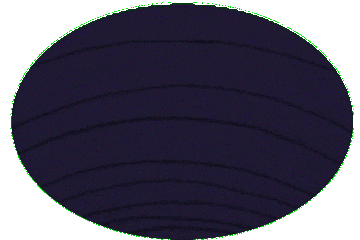Die Hard
Die Hard is a 1988 American action film directed by John McTiernan and written by Jeb Stuart and Steven E. de Souza, based on the 1979 novel Nothing Lasts Forever by Roderick Thorp. It stars Bruce Willis, Alan Rickman, Alexander Godunov, and Bonnie Bedelia, with Reginald VelJohnson, William Atherton, Paul Gleason, and Hart Bochner in supporting roles. Die Hard follows a New York City police detective, John McClane (Willis), who becomes entangled in a terrorist takeover of a Los Angeles skyscraper while visiting his estranged wife during a Christmas Eve party. Stuart was hired by 20th Century Fox to adapt Thorp's novel in 1987. His first draft was greenlit immediately, as the studio was eager for a summer blockbuster the following year. The role of McClane was turned down by a host of the decade's most popular actors, including Arnold Schwarzenegger and Sylvester Stallone. Known mainly for work on television, Willis was paid $5 million for his involvement, placing him among Hollywood's highest-paid actors. The deal was seen as a poor investment by industry professionals and attracted significant controversy towards the film prior to its release. Filming took place between November 1987 and March 1988, on a $25–35 million budget and almost entirely on location in and around Fox Plaza in Los Angeles. Expectations for Die Hard were low; some marketing materials omitted Willis's image, ostensibly because the publicity team determined that the setting was as important as McClane. Upon its release in July 1988, initial reviews were mixed: criticism focused on its violence, plot, and Willis's performance, while McTiernan's direction and Rickman's charismatic portrayal of the villain Hans Gruber were praised. Defying predictions, Die Hard grossed approximately $140 million, becoming the year's tenth-highest-grossing film and the highest-grossing action film. Receiving four Academy Award nominations, it elevated Willis to leading-man status and made Rickman a celebrity. Die Hard has been critically re-evaluated and is now considered one of the greatest action films of all time. It is considered to have revitalized the action genre, largely due to its depiction of McClane as a vulnerable and fallible protagonist, in contrast to the muscle-bound and invincible heroes of other films of the period. Retrospective commentators also identified and analyzed its themes of vengeance, masculinity, gender roles, and American anxieties over foreign influences. Due to its Christmas setting, Die Hard is often named one of the best Christmas films of all time, although its status as a Christmas film is disputed. The film produced a host of imitators; the term "Die Hard" became a shorthand for plots featuring overwhelming odds in a restricted environment, such as "Die Hard on a bus" in relation to Speed. It created a franchise comprising the sequels Die Hard 2 (1990), Die Hard with a Vengeance (1995), Live Free or Die Hard (2007), and A Good Day to Die Hard (2013), plus video games, comics, and other merchandise. Deemed "culturally, historically, or aesthetically significant" by the United States Library of Congress, Die Hard was selected for preservation in the National Film Registry in 2017.
This article uses material from the Wikipedia article "Die Hard", which is released under the Creative Commons Attribution-Share-Alike License 3.0.
References
| Title | Summary | |
|---|---|---|
| Nilsson House Productions | ... (who later produced films like Die Hard and Field of ... | |



![Die Hard 5-Movie Collection [Blu-ray] Die Hard 5-Movie Collection [Blu-ray]](https://m.media-amazon.com/images/I/51Fka4I3l4L._SL500_.jpg)



![Die Hard: 25th Anniversary Collection (Die Hard / Die Hard 2: Die Harder / Die Hard with a Vengeance / Live Free or Die Hard / Decoding Die Hard) [Blu-ray] Die Hard: 25th Anniversary Collection (Die Hard / Die Hard 2: Die Harder / Die Hard with a Vengeance / Live Free or Die Hard / Decoding Die Hard) [Blu-ray]](https://m.media-amazon.com/images/I/61z4ALuhdbL._SL500_.jpg)




